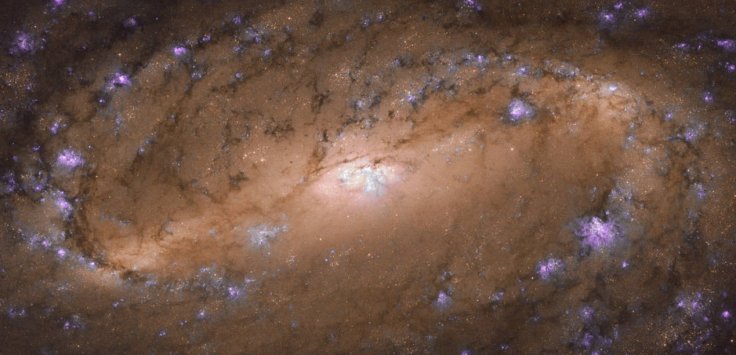
NASA, the American space agency has released a stunning image of a spiral galaxy in all its glory. The space agency revealed that this image was captured by the Hubble telescope, NGC 2903, which is located approximately 30 million light years in the constellation of Leo, the Lion.
The image was captured as a part of Hubble's survey of the central regions of roughly 145 nearby disk galaxies. The space agency stated that this image is a perfect spiral specimen.
A recent statement from NASA revealed that more studies on spiral galaxies will offer a better understanding of the black holes that lurk at the core of galaxies.
Hubble space telescope, launched in 1990 is widely considered one of the largest and most versatile space devices humans have ever created. Over the course of time, the Hubble telescope has captured many glorious space images that include a cute smiling face in the galaxy cluster SDSS J0952+3434 and the mysterious dark storm in Neptune.
Some of the other noted discoveries made by Hubble telescope are proto-planetary disks (proplyds) in the Orion Nebula, evidence for the presence of extrasolar planets around Sun-like stars and the optical counterparts of the mysterious gamma-ray bursts.
A few months back, the Hubble telescope had spotted a medium-sized planet evaporating at an astonishing speed. Data sent by the Hubble telescope suggested that this planet dubbed 3470b evaporated at a speed 100 times faster than another planet of the same size which evaporated in the past.
Even after 29 years of its launch, the Hubble space telescope still remains operational, and experts believe the telescope will give valuable information about the universe until 2040. In the meantime, by 2021, NASA will launch the James Webb telescope, a successor to Hubble. It should be also noted that the Hubble is the only telescope that is designed to be maintained in space by astronauts.









